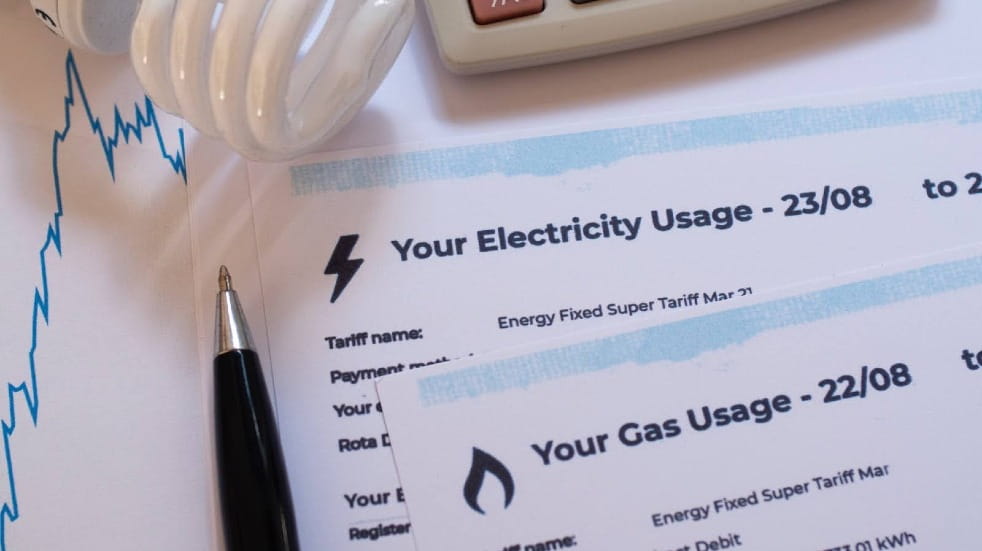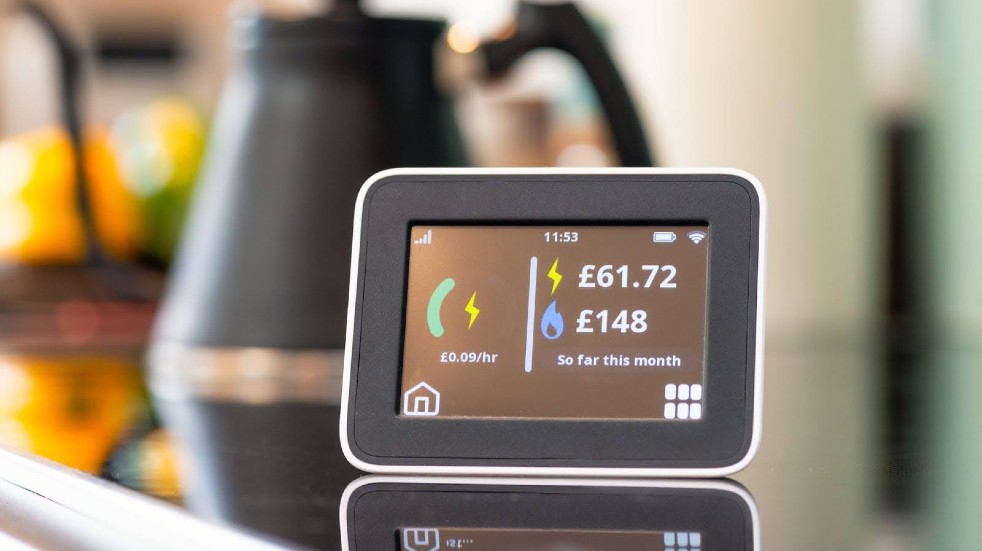
Learn how to keep your gas and electric bills lower. From tips on the latest tech to information about the best comparison sites, Boundless has you covered
Energy bills have soared over the past few years, due to factors such as the global pandemic and the Ukraine-Russia conflict. And though Ofgem sets regular caps on domestic gas and electricity prices, the average cost is still higher than it was before Covid, which is more than many households can afford.
While there are fewer deals available than there were before these crises, it’s still possible to lower your bill by switching energy providers. In this article, we’ll explain how to do it, and the different tariffs that are available to you. We’ll also delve into next-gen options such as smart meters and eco-friendly energy suppliers, as well as suggesting organisations that can help make the switch as stress-free as possible.
How easy is it to switch energy suppliers?

The answer to this question comes in two parts. Firstly, it depends what kind of tariff you’re on. If you’re on a standard variable tariff, you can switch energy suppliers at any time. However, if you’re on a fixed tariff, you’ll have to wait until you have 49 days or less left on your contract – that is, unless you’re prepared to pay an exit fee. According to Citizens Advice, you may also have trouble switching providers if you owe your current provider money, if you have a landlord who pays for your energy, or if your home is on a heat network (for example, how a block of flats or group of homes is heated).
The second part of the answer refers to the actual process of switching energy suppliers – and the good news is that it’s very straightforward. Head to one of the major comparison sites (Compare the Market, Energy Helpline, MoneySuperMarket or uSwitch), type in a few basic details – including your postcode and your annual energy usage – and you’ll be presented with a list of available deals. If you're given the option to view all tariffs, accept it – this way you won’t just see the suppliers with which the comparison site has an agreement.
Once you’ve found a deal that suits you, it’s simply a case of confirming your contract and payment method. You don’t even have to contact your existing supplier to tell them you want to switch, as your new supplier will do this for you. (Saying that, you might want to speak to your existing provider as a first port of call, because informing them that you intend to leave can sometimes prompt them to offer you a better deal.) It can take five days to complete a switch, and you usually have a 14-day grace period after agreeing a contract in case you change your mind.
Is it worth switching energy suppliers now?
If you’re eligible to switch providers (see previous answer), then it’s always worth looking into – after all, you could end up saving a significant amount of money. You can see what deals are available without committing to anything by visiting one of the previously mentioned comparison sites.
How to find the best deals?

When choosing a deal, you'll need to decide whether you want your gas and electricity to be provided by separate suppliers or by the same one (as part of a 'dual fuel' tariff). Having one company provide you with both services can be less hassle and may also come with a discount (note that some suppliers also offer discounts to customers who pay their bill by monthly direct debit, so this is something else to look out for).
Types of tariffs
You'll need to choose between a fixed and a standard variable tariff. With the former, you'll normally need to sign a contract (which typically lasts a year). Throughout this period, you'll be charged the same unit rate – price per kWh – regardless of whether general energy rates increase or decrease. This option is useful for people who like to budget, as it guarantees a similar bill each month.
With a standard variable tariff, the amount you pay each month will depend on whether general energy rates go up or down – this usually occurs every three months. So, your bill could be high one month but very low the next. (Note that different providers tend to charge different amounts for their standard variable tariffs, hence why you’re advised to shop around.) With this kind of tariff, you're not normally required to sign a contract, and your energy provider is obliged to give you 30 days' notice of any changes to the unit rate, so that you have time to switch providers if you want to.
Smart meters

Energy companies are currently rolling out smart meters across the country. These record your energy use and provide the information directly to your supplier, through mobile networks. No one has to read the meter, so it cuts out the need for estimated bills, meaning you’ll only pay for the energy you use. For more information about smart meters, read this article.
Environmentally focused energy suppliers
Want to do your bit for the environment? More and more green suppliers are coming onto the market, making it easier than ever to reduce your carbon footprint through the amount of energy you consume.
Eco-friendly tariffs used to be the expensive option, but green energy companies have been gradually reducing their prices in order to compete with the more established energy suppliers.
Here are a few useful terms to help you get to grips with green energy and how it might help the suppliers.
Renewable electricity
This is electricity created by hydro, solar, wave or wind power. However, the energy coming into your home won’t necessarily all be created in this way. Your supplier will buy enough renewable energy from the network to replace the energy you use – so the overall effect will be the same as getting all your energy from a green source. This method also boosts renewable investment.
Renewable gas
Picking a renewable gas tariff means that the gas you use will be replaced with gas created from 'anaerobic digestion', which involves the breaking-down of biodegradable materials. Green firms often invest in carbon offsetting initiatives to lessen the impact of burning natural gas.
Carbon offsetting
In this instance, green firms offset the impact of using gas as energy – and specifically the emissions that burning it causes – by protecting rainforests and planting more trees, sponsoring renewable energy projects, and making other similar investments.
Supporting organisations
If you’re looking to secure a better deal on your energy bills, there are a number of organisations that can help you. As well as the comparison websites mentioned earlier, Citizens Advice and Which? both offer useful advice about switching energy providers.
Do more with Boundless
Boundless members get access to year-round deals on shopping, days out, food and drink, holidays, motoring services and much more. If you're working or retired from the public sector or civil service, and you’re not yet a member, discover more about Boundless membership here.





